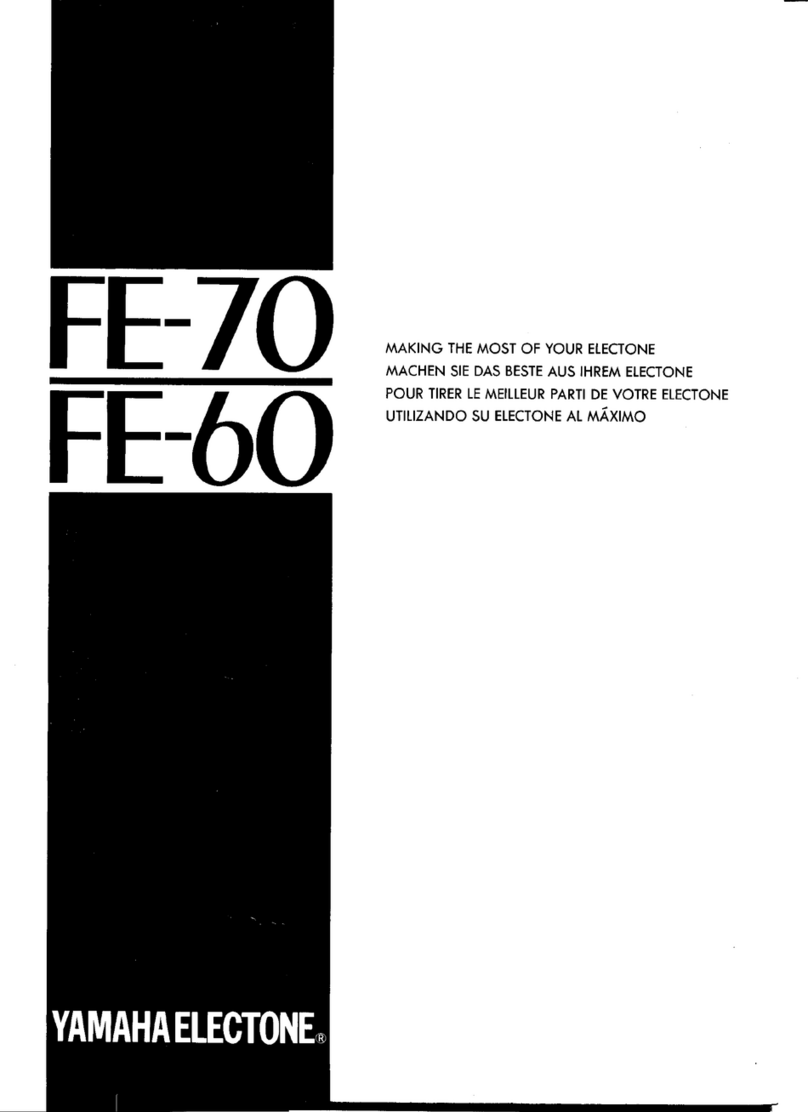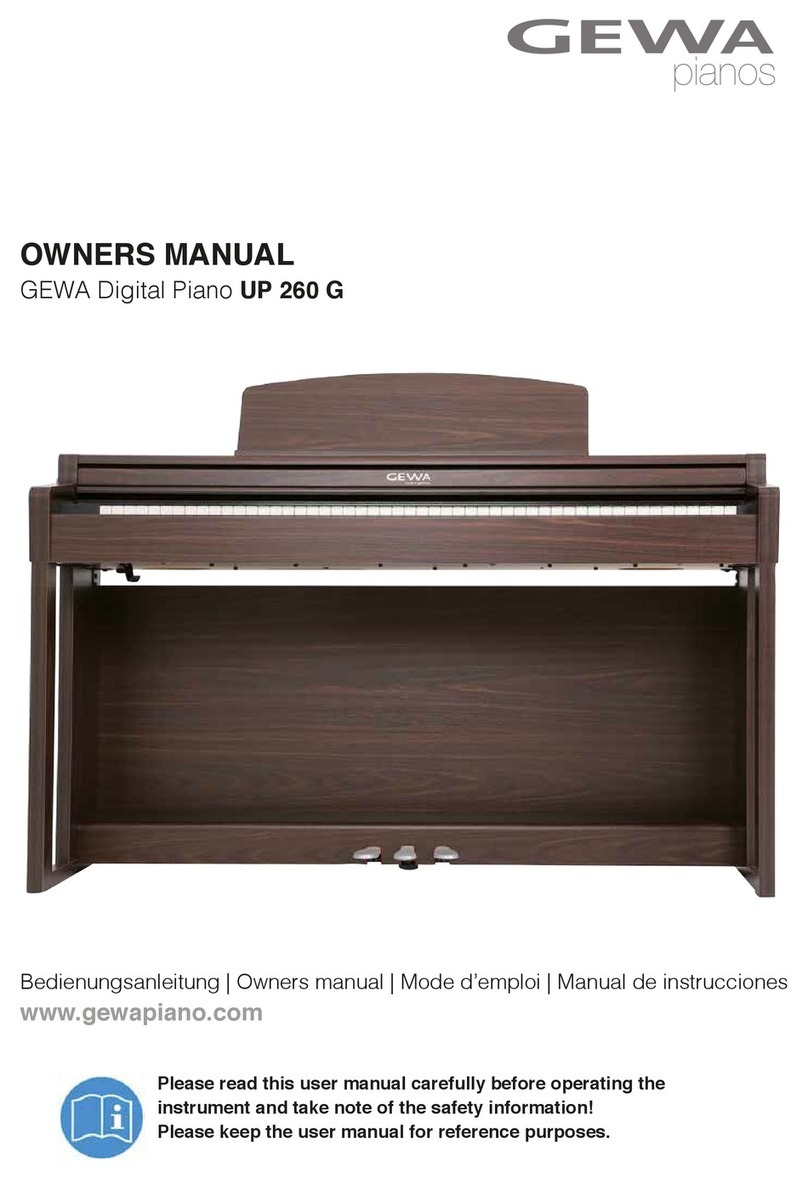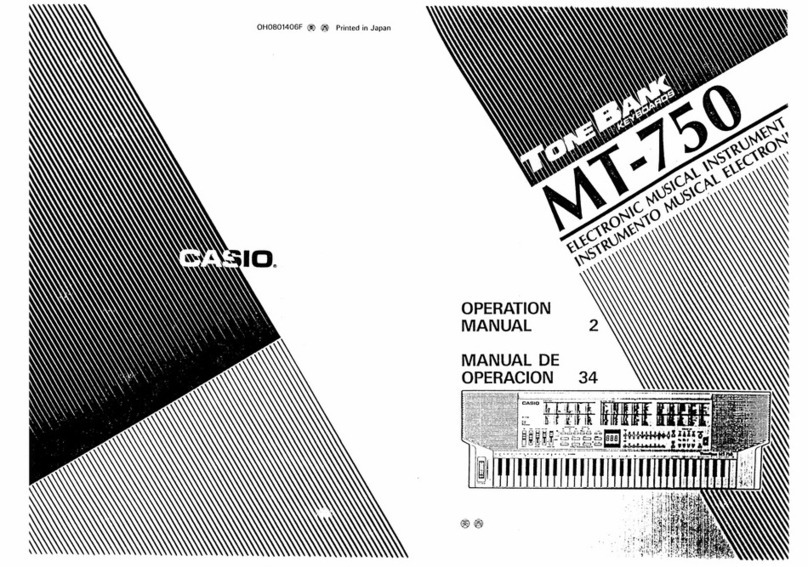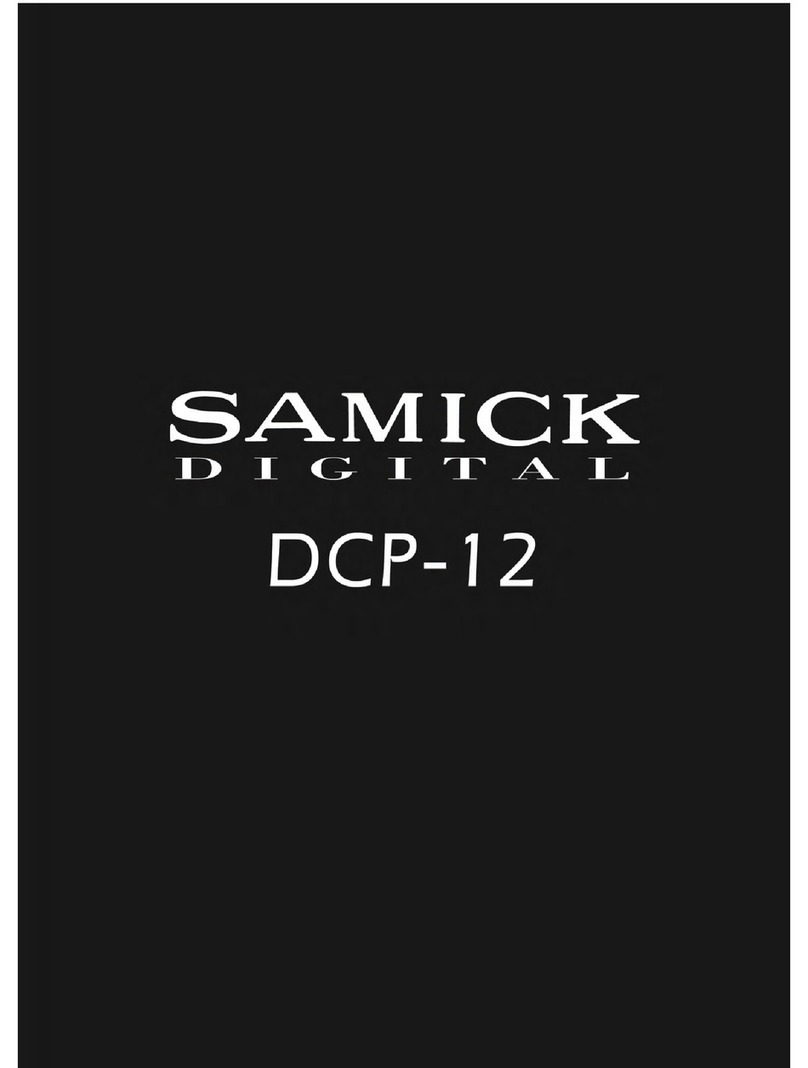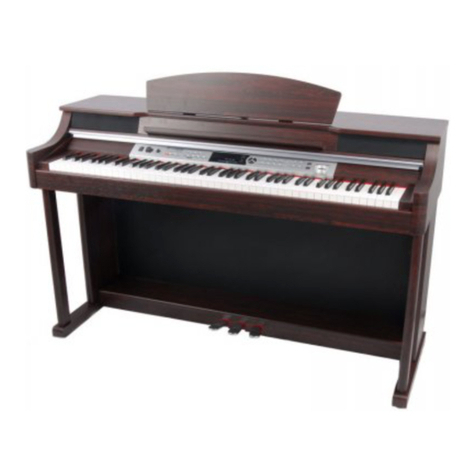Yamaha Electone 305D User manual
Other Yamaha Musical Instrument manuals
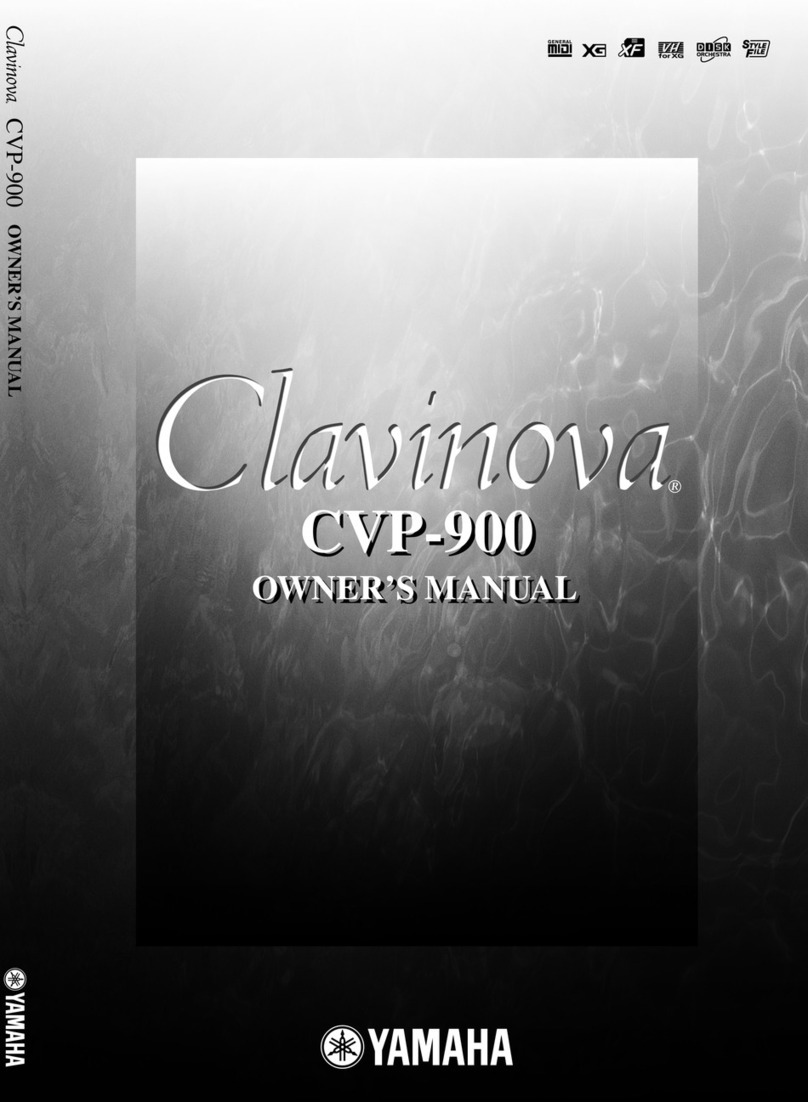
Yamaha
Yamaha Clavinova CVP-900 User manual
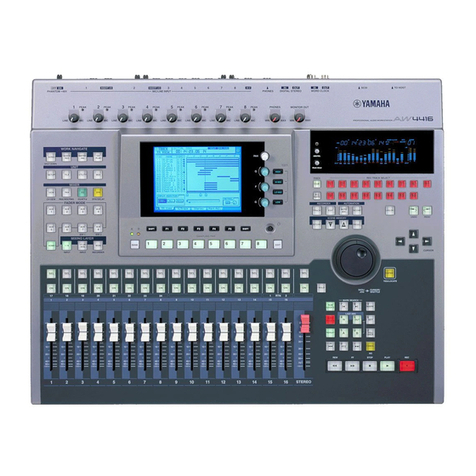
Yamaha
Yamaha AW4416 User manual
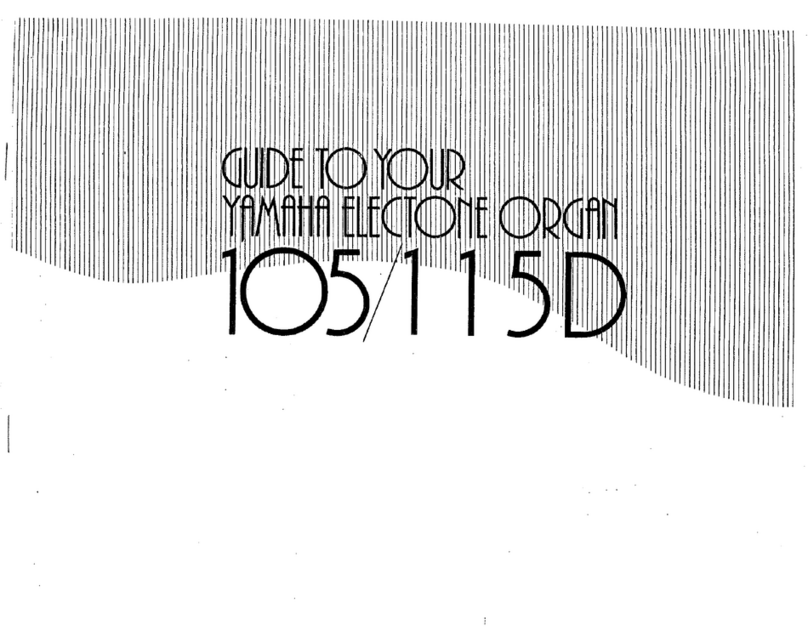
Yamaha
Yamaha Electone 105 User manual
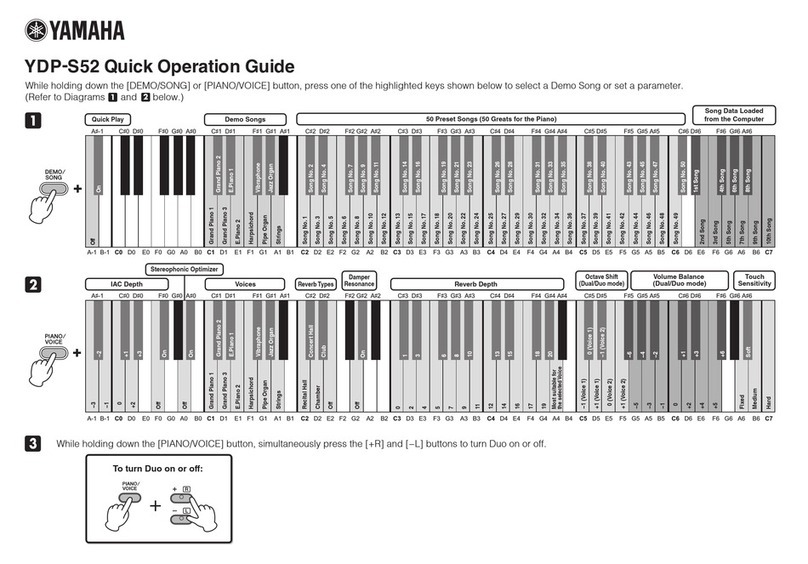
Yamaha
Yamaha ARIUS YDP-S52 User guide
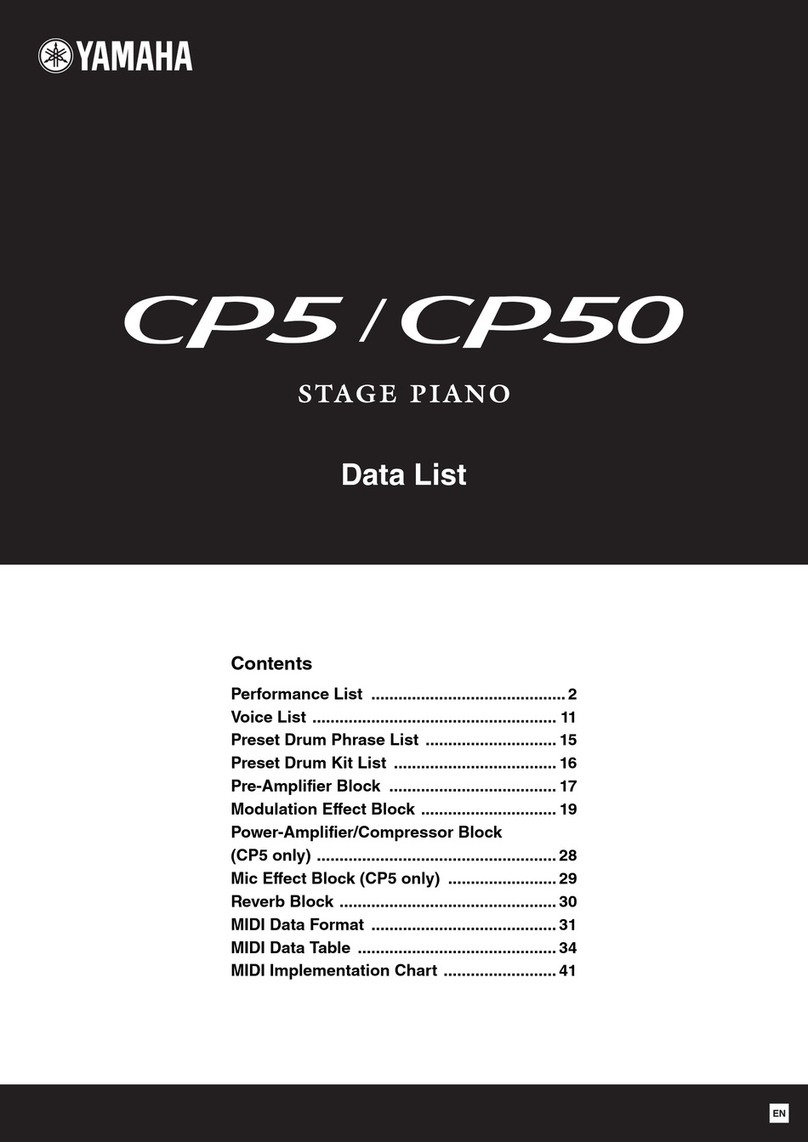
Yamaha
Yamaha CP5 Instruction Manual
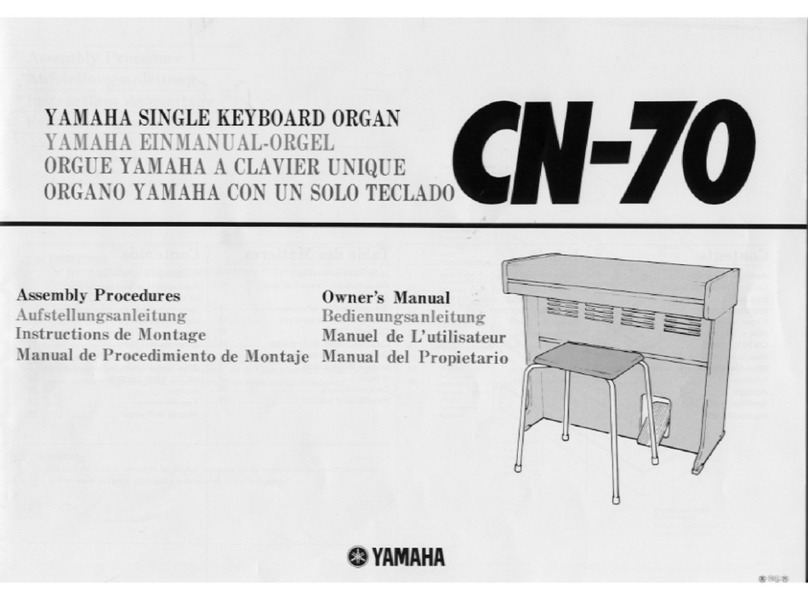
Yamaha
Yamaha CN-70 User manual

Yamaha
Yamaha Clavinova CVP-301 Instruction Manual
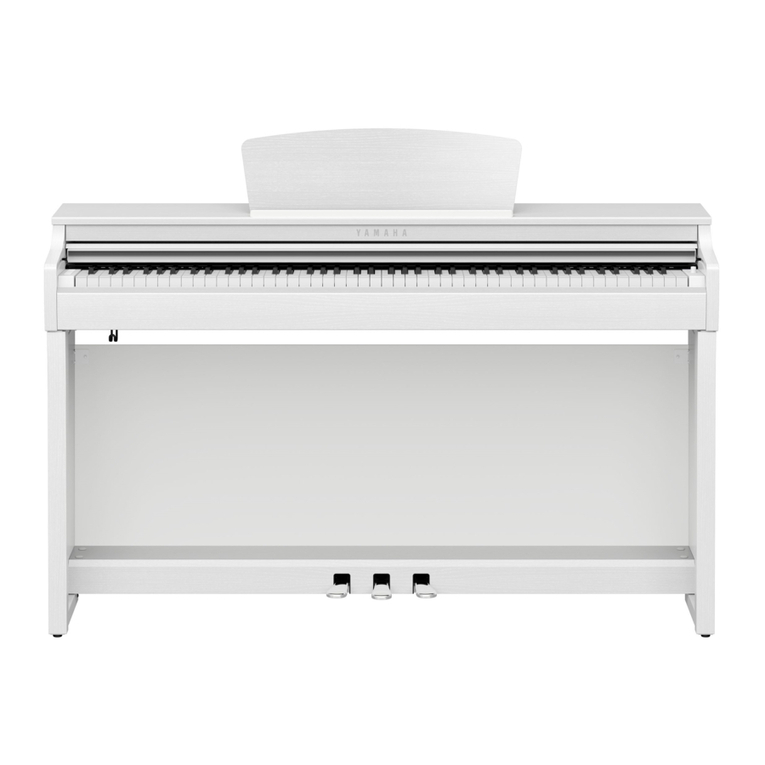
Yamaha
Yamaha Clavinova CLP-725 User manual
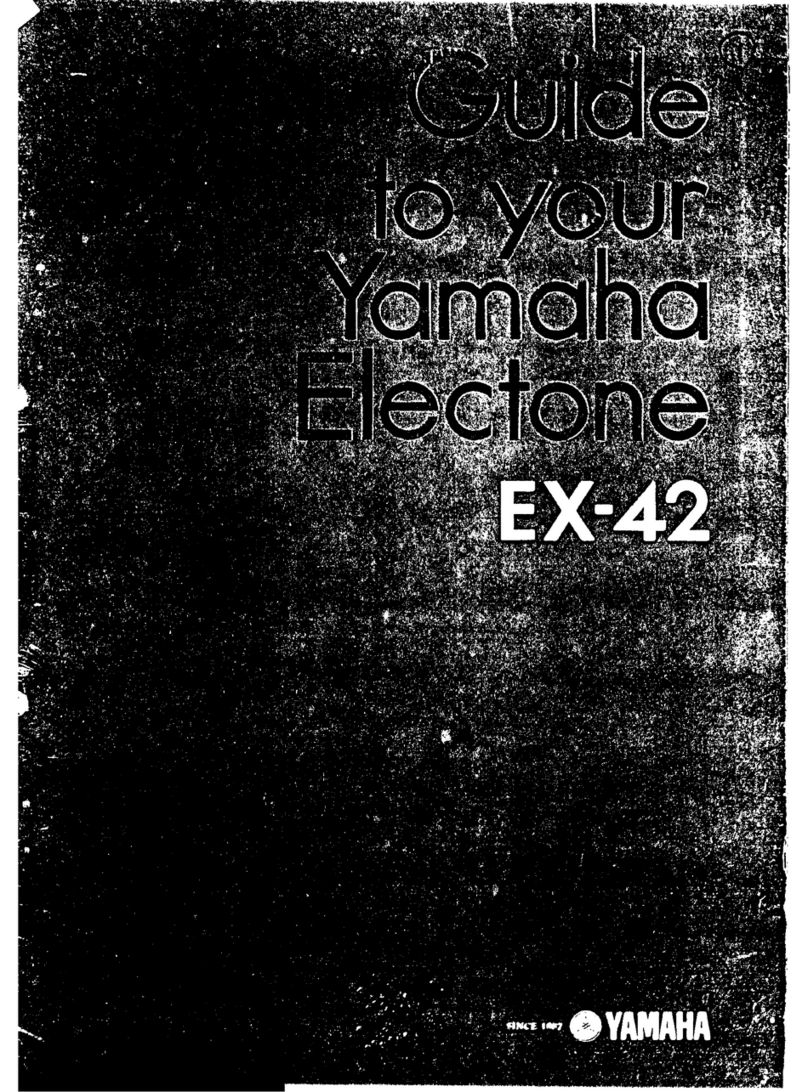
Yamaha
Yamaha Electone EX-42 User manual
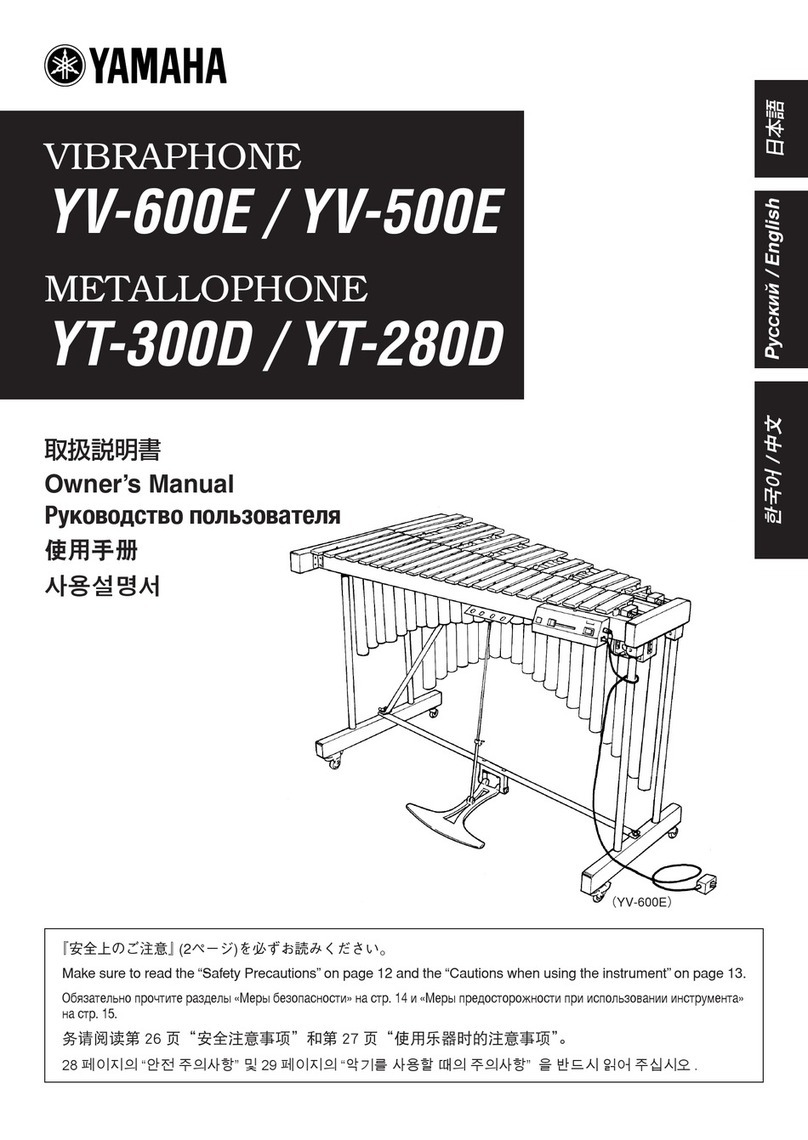
Yamaha
Yamaha YT-280D User manual
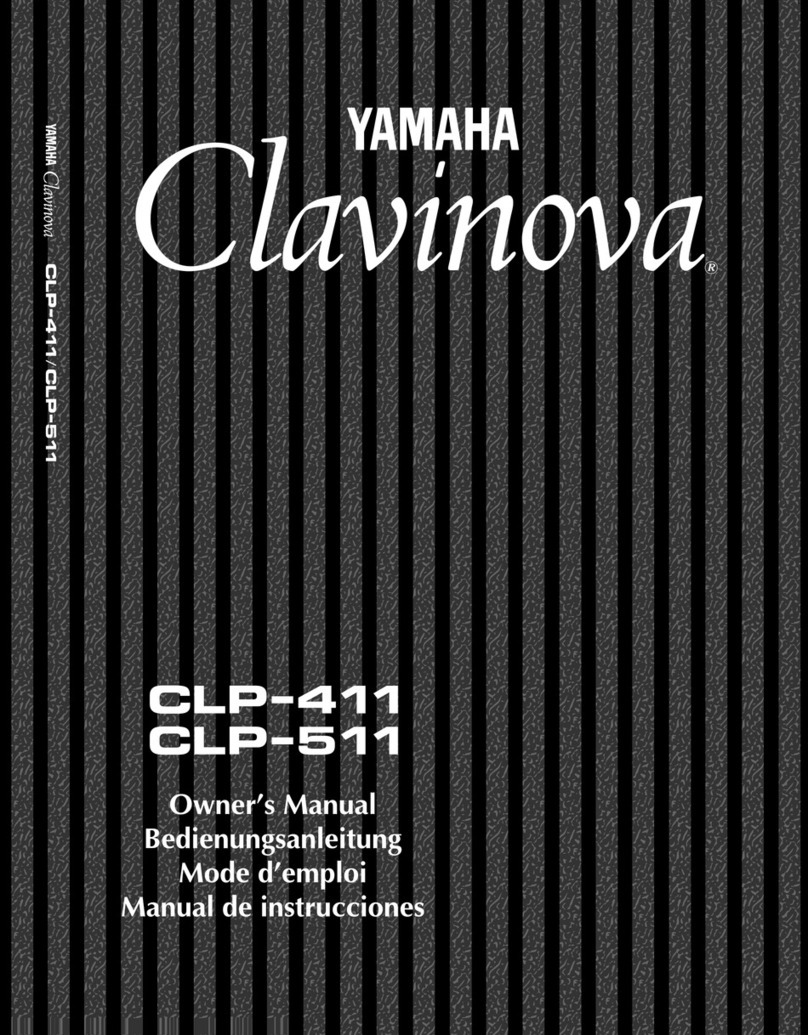
Yamaha
Yamaha Clavinova CLP-411 User manual
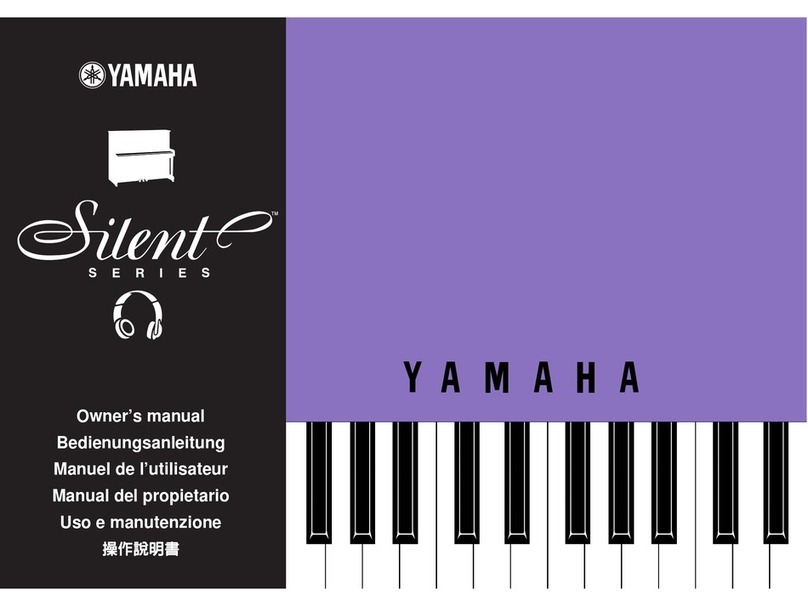
Yamaha
Yamaha Silent Series User manual
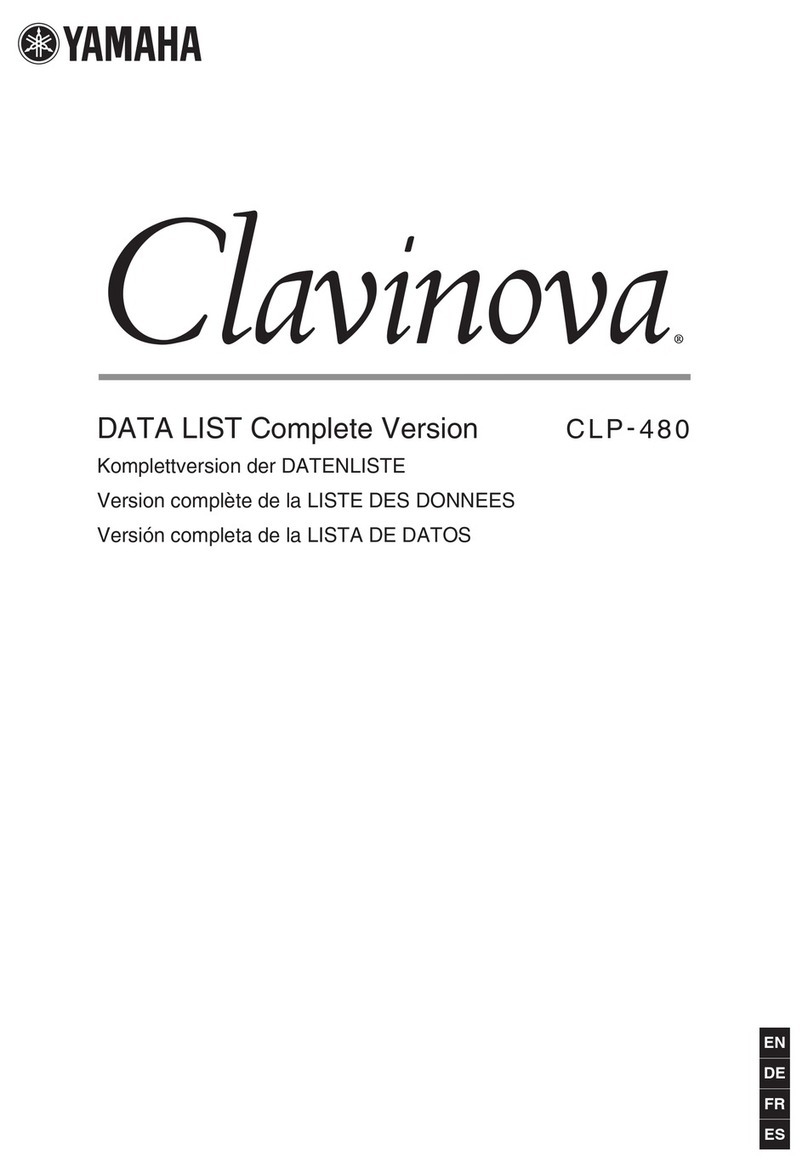
Yamaha
Yamaha Clavinova CLP-480 Instruction Manual
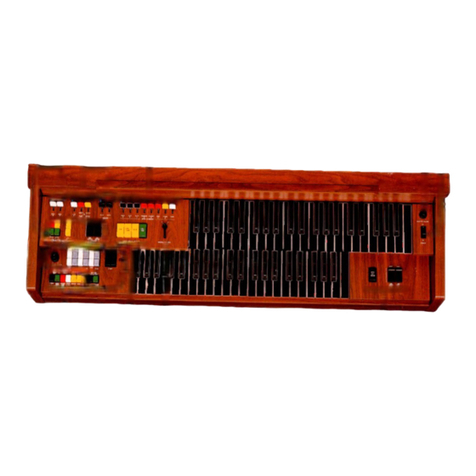
Yamaha
Yamaha Electone B-205 User manual
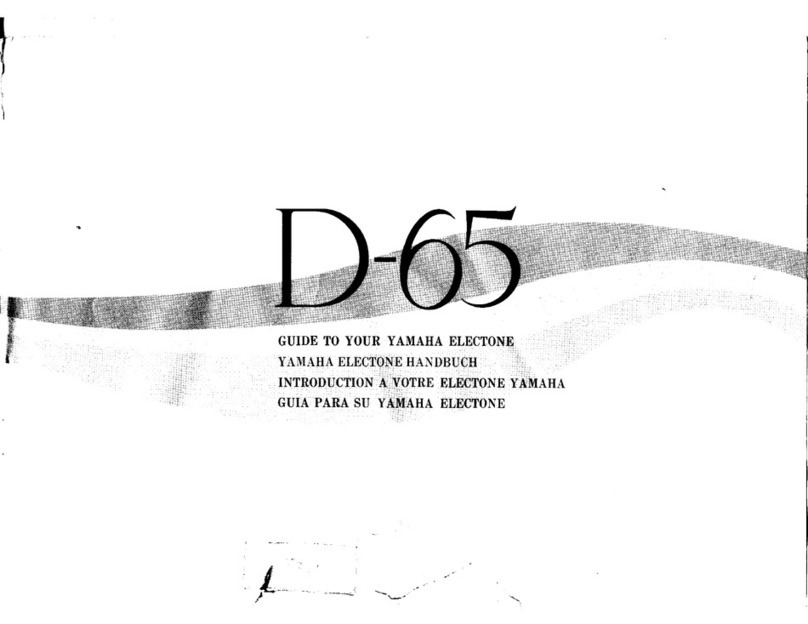
Yamaha
Yamaha Electone D-65 User manual

Yamaha
Yamaha AW4416 Operation instructions
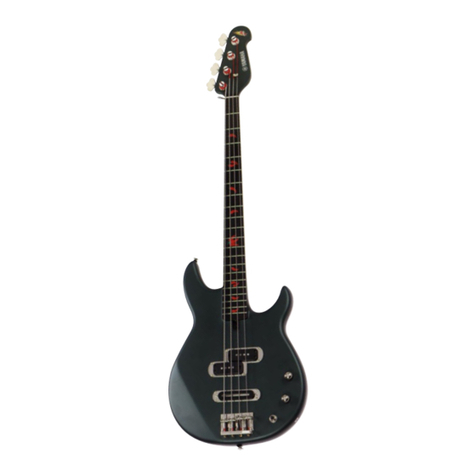
Yamaha
Yamaha BB3000 MA User manual

Yamaha
Yamaha Mark III User manual

Yamaha
Yamaha YDP-S30 null
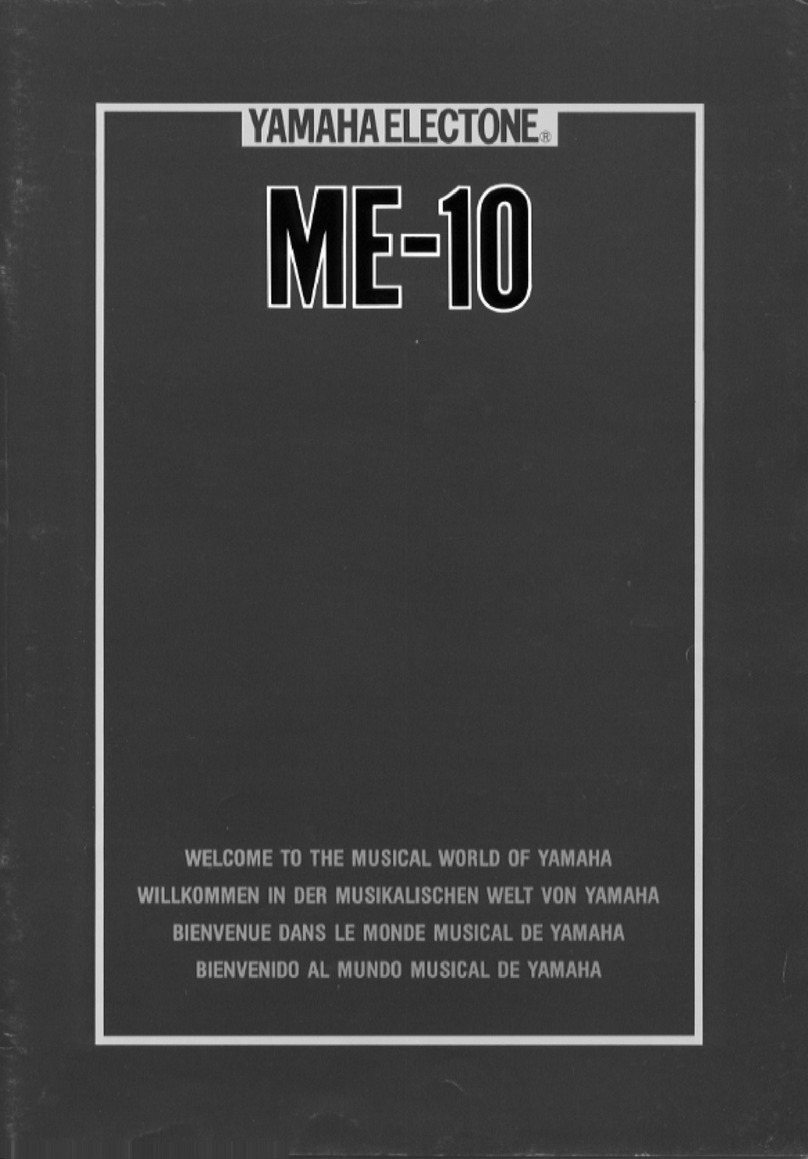
Yamaha
Yamaha Electone ME-10 User manual
